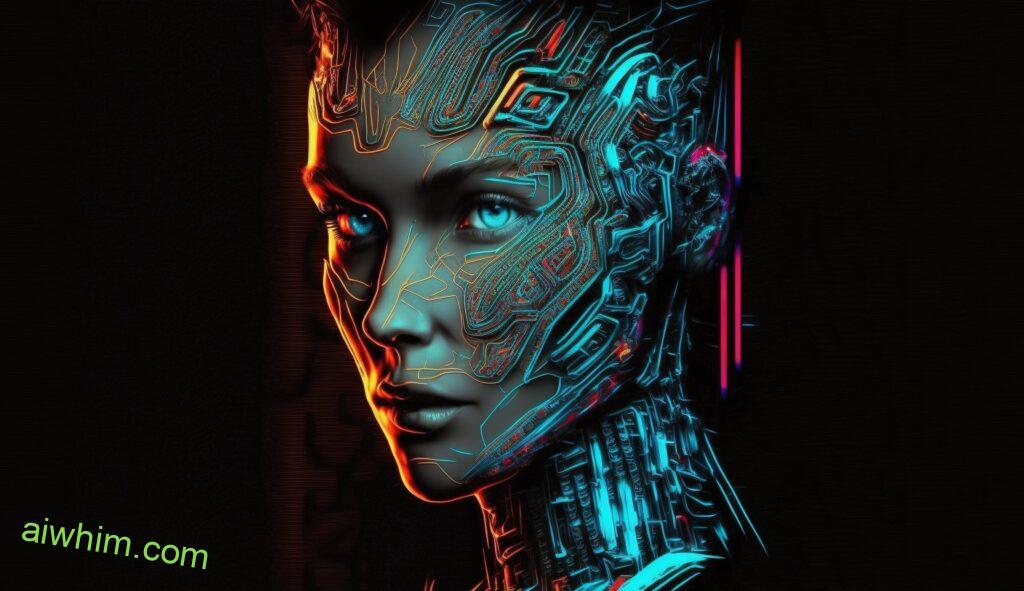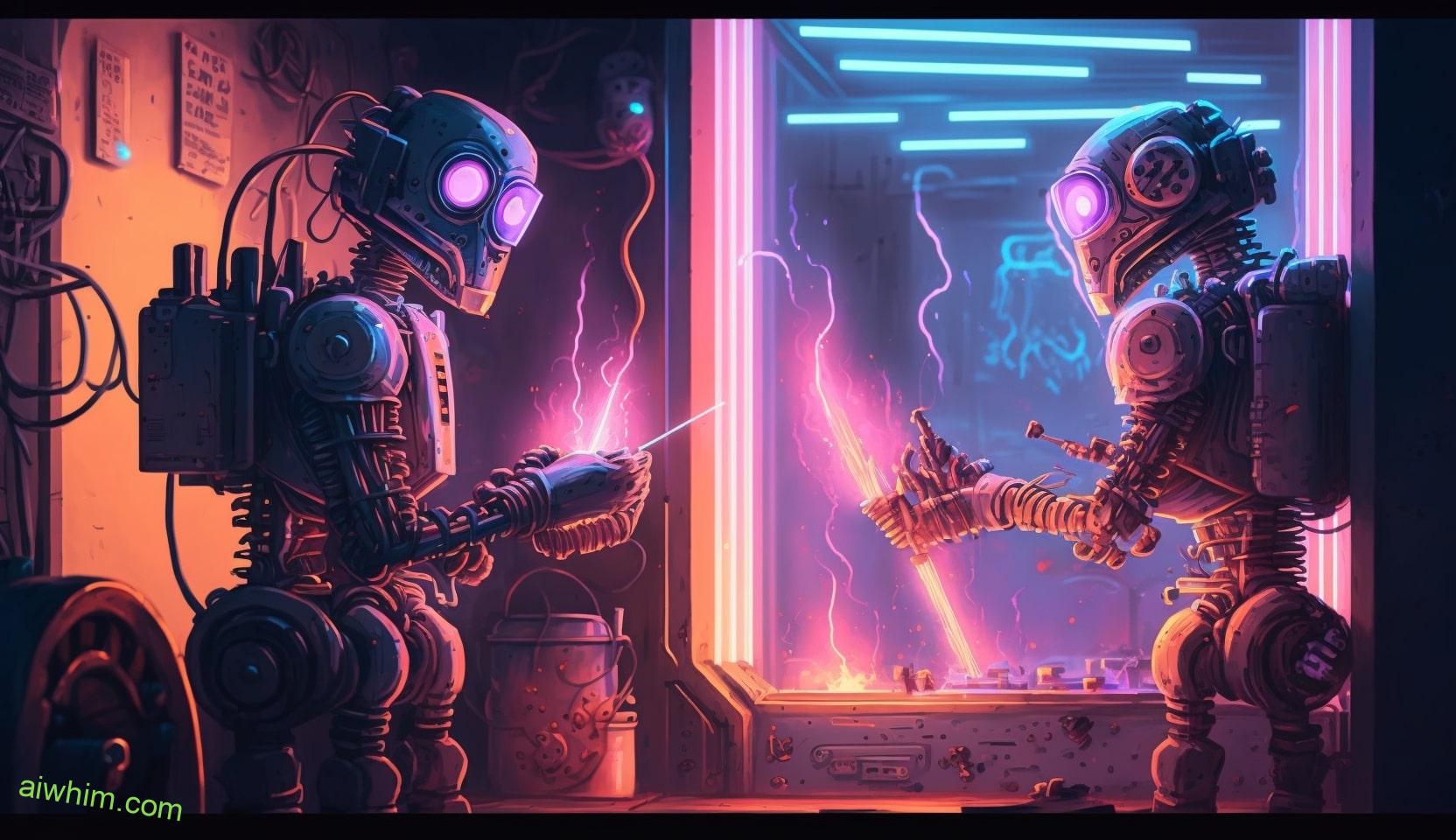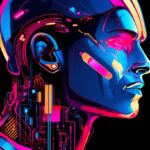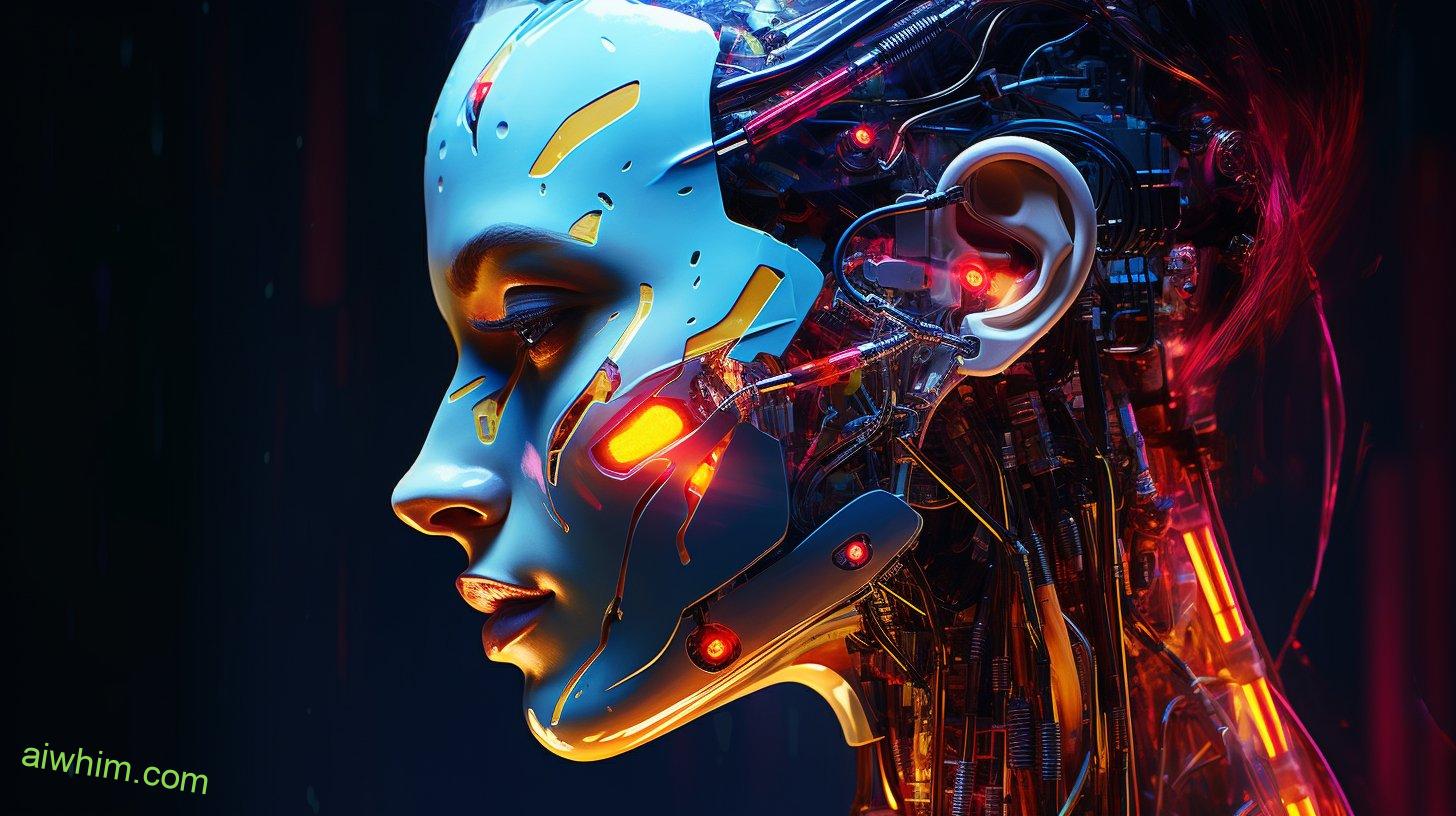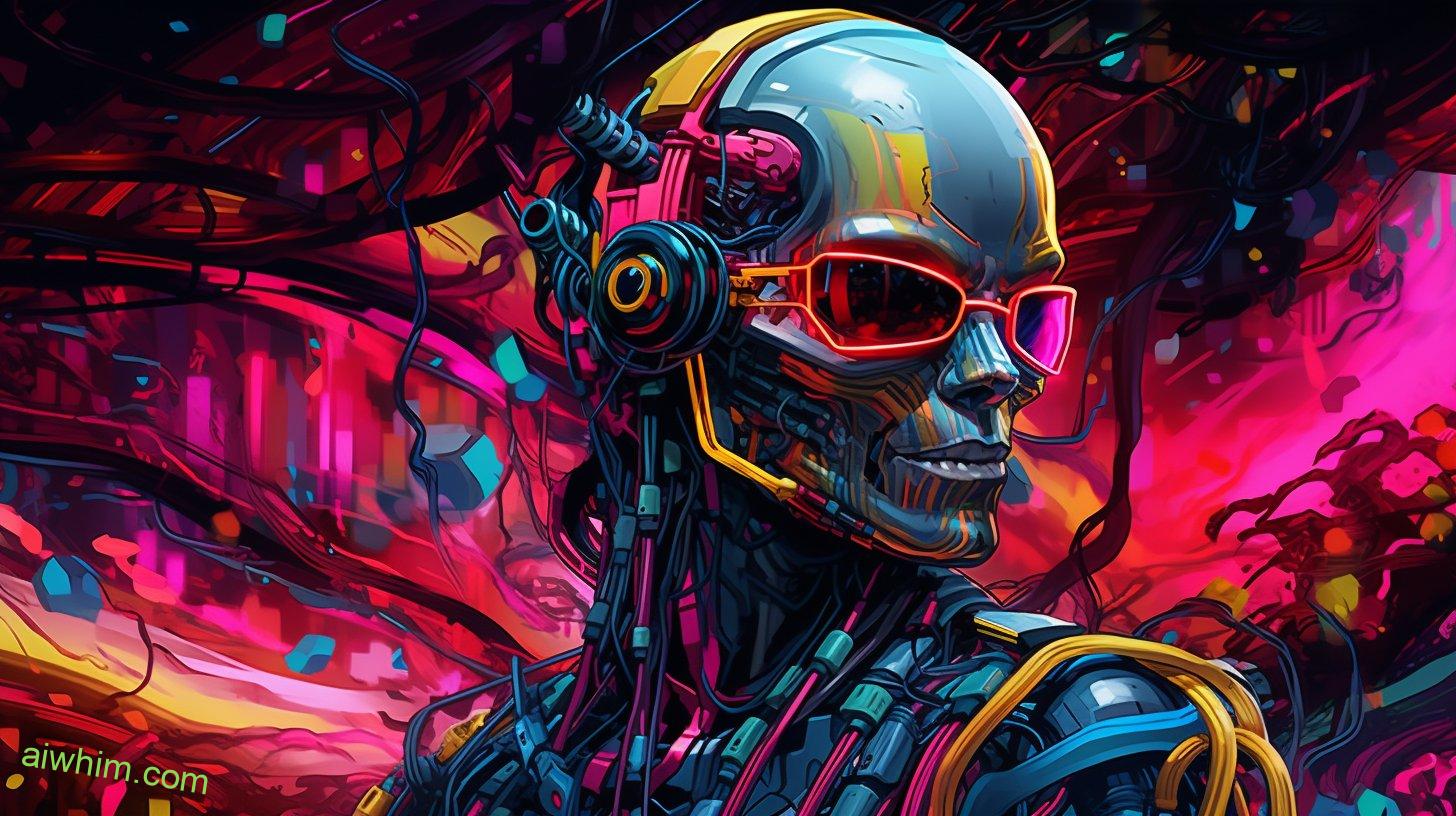The world of fitness training is rapidly changing. With the rise of artificial intelligence, many wonder if AI could replace their job as a trainer. Could the advances in technology really make it possible for machines to take over this important role? This article will explore the potential implications of AI replacing human fitness trainers and what that could mean for the future.
As exciting as new technologies can be, they also bring with them questions about how they might change our lives. In an age where robots are increasingly taking on roles traditionally held by humans, we need to consider whether a machine can ever truly do your job better than you can. After all, exercise isn’t just about numbers; there’s an emotional connection that needs to be made in order for people to reach their goals. Can AI provide the same level of care and understanding as an experienced human trainer?
When considering the impact AI may have on fitness training, one must look at both sides of the argument – from those who fear it’ll lead to fewer jobs, to those who believe it has the potential to revolutionize healthcare and help more people achieve their fitness goals than ever before. By exploring these different viewpoints, this article aims to answer the question: Could AI replace your job as a Fitness Trainer? The answer should be of value to you whether you work as a personal trainer, as an aerobics trainer, with strength training, yoga or any other specialization in the sports and fitness industry.
Before we start, find out where fitness trainers stand on the list of the 100 occupations most likely to be automated by AI. Dive into our job-study for valuable insights by following the link.
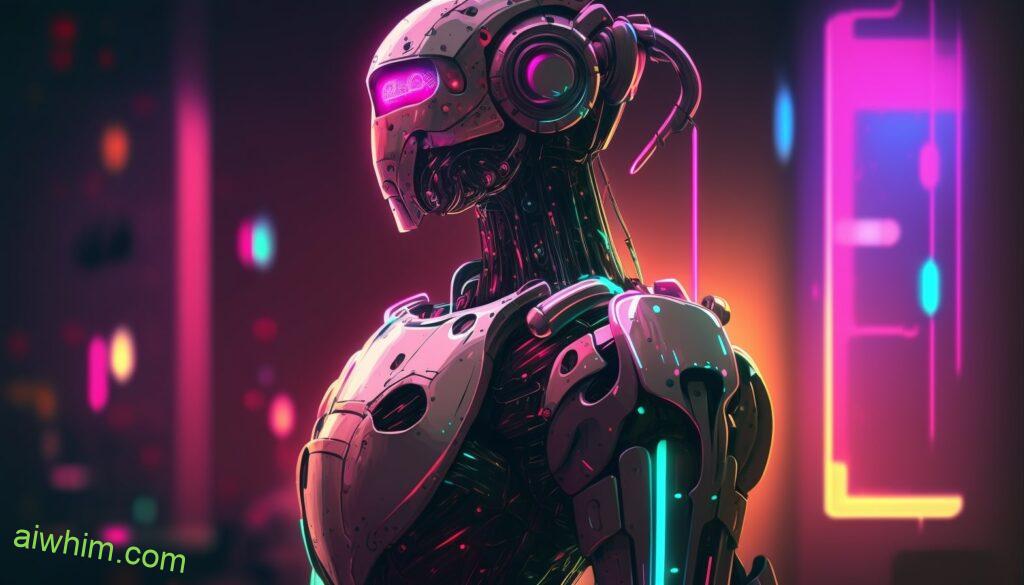
This article addresses the specific situation of Fitness Trainers in the face of AI. If you are instead interested in the future of athletes in the AI era, then click the link!
Definition Of AI
AI, or artificial intelligence, is a technology that simulates the cognitive functions of humans. It can think and learn on its own, allowing machines to make decisions without needing human input. AI has many components such as machine learning, deep learning, natural language processing and cognitive computing.
Machine Learning (ML) is an application of AI which enables systems to learn from data and experiences over time. ML algorithms use data sets to ‘train’ themselves so they can recognize patterns in future scenarios or tasks. Deep Learning is a subfield of ML which uses multiple layers of neural networks for complex decision-making processes. Natural Language Processing (NLP) allows computers to process and understand natural languages like English; allowing them to respond accurately when given commands through text or speech inputs. Finally, Cognitive Computing refers to the ability of software applications with AI-like capabilities; meaning it can interpret visual cues such as objects or faces within an image.
These technologies allow us to automate repetitive tasks that were previously completed by people – freeing up more time for creative endeavors! With this newfound freedom comes possibilities for innovation, efficiency and scalability never before seen in our working world.
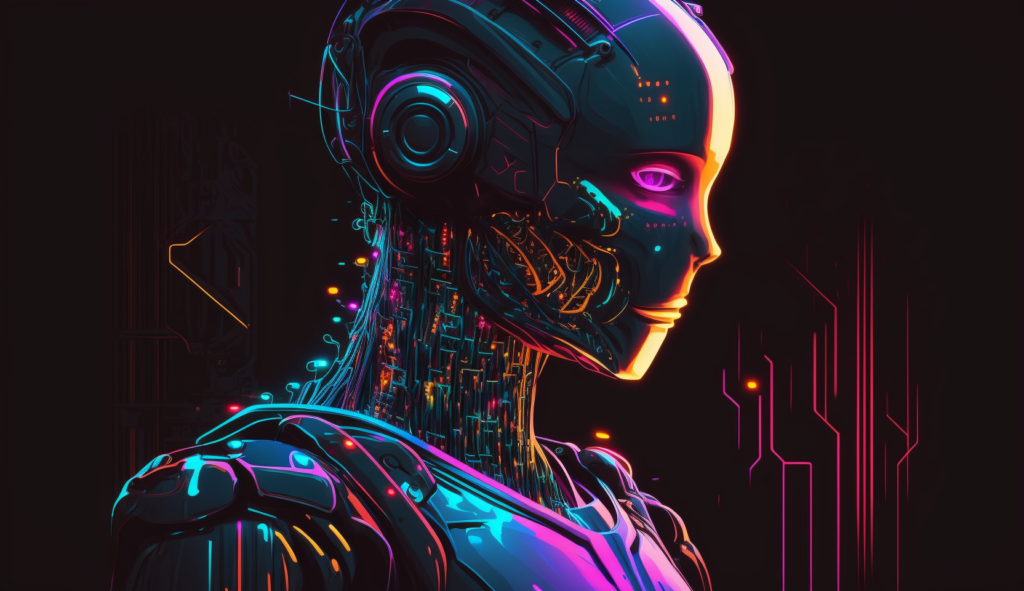
What AI Can Do
The potential of artificial intelligence (AI) to revolutionize the fitness industry is immense. Take for example, virtual coaching technology which uses AI and machine learning algorithms to provide tailored advice on exercise and nutrition in a personalized way. Through natural language processing it can understand what people are saying and suggest appropriate actions accordingly.
We can only guess where this could take us next:
- Automated personal trainers that learn from your data and provide feedback based on individual needs;
- Smartphone apps with real time analytics to track performance;
- Virtual reality simulations that give an immersive experience like no other.
These capabilities have already started appearing as tools to assist traditional coaches and health professionals, but there’s no denying the potential for AI to replace them altogether one day. It might be able to identify postural imbalances or monitor progress more accurately than any human ever could – all while providing motivation and support remotely, anytime, anywhere.
Overview Of Fitness Training Jobs
Fitness training roles are essential to the health and wellbeing of individuals. Fitness trainers provide personal instruction, guidance, and support to help people reach their fitness goals. However, with advances in artificial intelligence (AI), many wonder if these jobs could become obsolete.
To understand more about these positions, let’s take a closer look at what it takes to become a certified fitness trainer. The qualifications for this job vary by country; however, most require certification from an accredited organization such as the National Strength and Conditioning Association or American College of Sports Medicine. Certification may also be acquired through online courses or apprenticeships. In addition to formal education, employers often seek someone with experience in anatomy, physiology, exercise technique, kinesiology, nutrition and/or biomechanics. Other necessary skills include strong communication abilities and interpersonal skills needed to motivate clients on their journey towards achieving their desired results.
As AI continues to develop rapidly in a variety of industries including healthcare and sports science fields, it remains unclear whether robots can ever replace human instructors when it comes to providing personalized advice tailored toward specific objectives set by each client – something that machines cannot do yet despite all the progress made so far. We must continue evaluating this question carefully before any definitive conclusions can be drawn concerning how AI might impact fitness training roles moving forward.
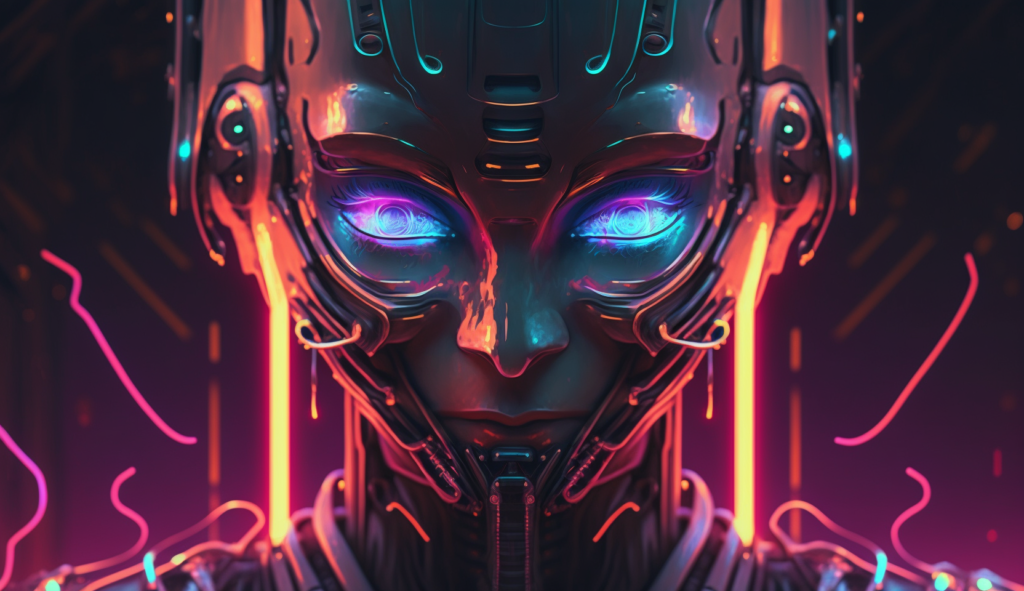
Benefits Of Working With A Human Trainer
It’s an undeniable fact: Artificial intelligence (AI) has revolutionized the fitness industry. But despite its many advantages, AI can’t fully replace human trainers when it comes to helping people reach their health and wellness goals. Here are some of the key benefits of working with a human trainer:
- Human-Connection: Working directly with another person provides clients with personalized attention that is more conducive to forming meaningful relationships than any AI program could ever provide. This connection helps build trust and encourages accountability, making it easier for clients to stay motivated and committed over time.
- Personalized Programming: A good personal trainer will tailor each client’s workout program to fit his or her individual needs, preferences, and abilities. No two workouts should be exactly alike – having someone there who understands your unique situation makes all the difference in achieving maximum results from your exercise routine.
- Tailored Advice & Guidance: A human trainer offers advice tailored specifically to you – giving tips on eating habits, helpful lifestyle changes, proper form during exercises and so much more. Plus, they offer emotional support when needed which can often keep you going even when motivation levels dip low.
- Accountability Partner & Motivation Encouragement: Having someone consistently motivating you along the way keeps you accountable for reaching your goals while also providing encouragement through tough times. With a trusted coach by your side throughout the journey towards improved health and fitness, it becomes much easier to stick with a plan long enough to see real change occur.
In short, humans have something special that no machine could ever replicate – a genuine desire to create positive outcomes in others lives through building relationships based on understanding and care. When combined with modern technology like heart rate monitors and nutrition tracking apps, this type of coaching approach is truly invaluable!

Drawbacks To Working With A Human Trainer
The primary disadvantage of working with a human trainer is their availability. It can be difficult to find a time that works for both parties, as the trainer must keep up with other clients and commitments. This limits the amount of time available for 1-on-1 training sessions.
Another major drawback is cost. Human trainers come at an additional expense which can add up quickly if you want to meet regularly. They also often require payment upfront, even if they don’t provide satisfactory results.
Lastly, there are limitations in knowledge and expertise when it comes to human trainers compared to what AI technology could offer. While some trainers may have extensive experience, others do not bring much motivation or enthusiasm to the job; this affects your attitude towards exercising and health goals negatively.
It’s clear why many people would opt for AI over a human trainer – convenience, affordability, and higher chances of success all make it enticing. With no need to leave home or pay expensive fees, using AI allows users more freedom while still achieving desired fitness outcomes.
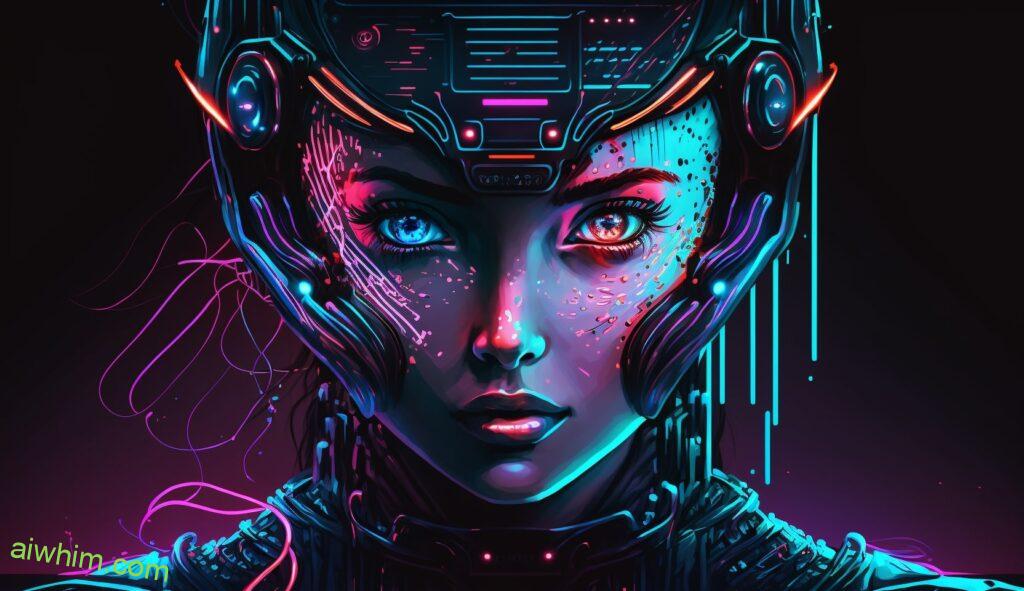
Potential Advantages Of Using An AI Fitness Trainer
The prospect of an AI fitness trainer has a certain allure, offering the promise of personalized instruction and tailored programs. Imagine being able to optimize your progress with greater accuracy than ever before – this is just one tantalizing benefit that could be unlocked by embracing Artificial Intelligence (AI) in the realm of physical exercise. Moreover, improved safety could be gained from automated tracking which eliminates potential human errors.
In addition to these advantages, it’s worth noting that using an AI-driven program would provide more flexibility when it comes to timing workouts. Working out can become easier as you wouldn’t have to worry about scheduling around a busy workday or other commitments. Furthermore, users may find themselves motivated beyond their own expectations through dynamic feedback algorithms designed to push them outside of their comfort zone while still providing support for any workout goals they might set for themselves.
Not only does AI offer convenience but also consistency; something that many aspiring athletes struggle with over time due to fatigue or boredom. By allowing machines to take on some aspects of training such as setting up routines and adapting difficulty levels based on user performance, users will likely see increased results compared to those achieved through traditional methods alone. With the ability for AI trainers to provide innovative solutions that are customized according to individual goals and abilities, there is great potential for revolutionizing the way health and fitness regimes are approached going forward.

Potential Disadvantages Of Using An AI Fitness Trainer
Using AI for fitness training may have its advantages, but there are also a few potential disadvantages that should be considered. First and foremost, the data security risk associated with an AI trainer is quite real. This type of system requires user input in order to work correctly, meaning that it could store sensitive information like health records or personal contact details without users being aware of this.
Another disadvantage of using an AI fitness trainer is the user training requirement. While such systems may offer convenience, they often require some degree of technical knowledge in order to use them properly. Not everyone will feel comfortable navigating through menus or setting up workouts on their own, which can make using these services more challenging than expected.
Finally, there are privacy concerns when using an AI fitness trainer and emotional support lacking from the experience as well. Unlike a human trainer who can provide individualized advice and guidance tailored to each client’s needs, AI-driven solutions do not always offer this level of customization. In addition, many people find it difficult to open up about their thoughts and feelings during virtual sessions as opposed to face-to-face ones – something else an AI technology cannot replicate.
Therefore, some drawbacks include:
- Data security risk
- User training requirement
- Privacy concerns
- Emotional support lacking
- Lack of individualization
When deciding whether or not to invest in an AI fitness coach for your workout routine, consider carefully all the pros and cons before making a decision that could impact your physical health and wellbeing.
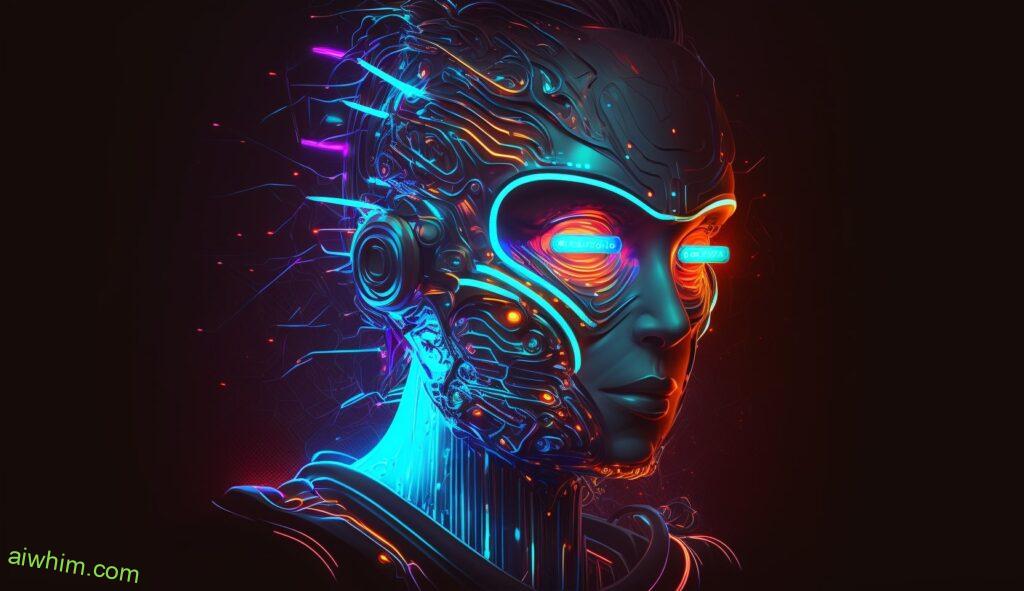
Technologies Needed For An AI Fitness Trainer
The future of fitness is here, and it’s powered by Artificial Intelligence (AI). Could an AI replace your job as a fitness trainer? Absolutely! But what tech would be needed to make this transition possible? From advanced algorithms that decipher the most effective exercise routines for clients to intuitive user interfaces, technologies are paving the way for a new breed of trainers – AI-powered ones.
Developing innovative AI solutions for fitness requires robust machine learning capabilities. Through sophisticated data analysis techniques such as predictive modeling and natural language processing, these systems can suggest personalized workout plans tailored to each individual’s needs. With deep neural networks, they can also recognize body movements in real time and provide feedback on form or intensity level. By utilizing big data analytics tools, AI-driven fitness programs can identify trends within large datasets and uncover actionable insights into how best to design workouts that yield maximum results.
Finally, integrating powerful voice technology with AI-based fitness programs has enabled users to interact more naturally with their digital trainer through spoken commands – making exercising easier and more enjoyable than ever before. Whether you’re looking for customized coaching advice or structured training plans crafted specifically around your goals, there’s no doubt that AI will soon become an integral part of every gym session.
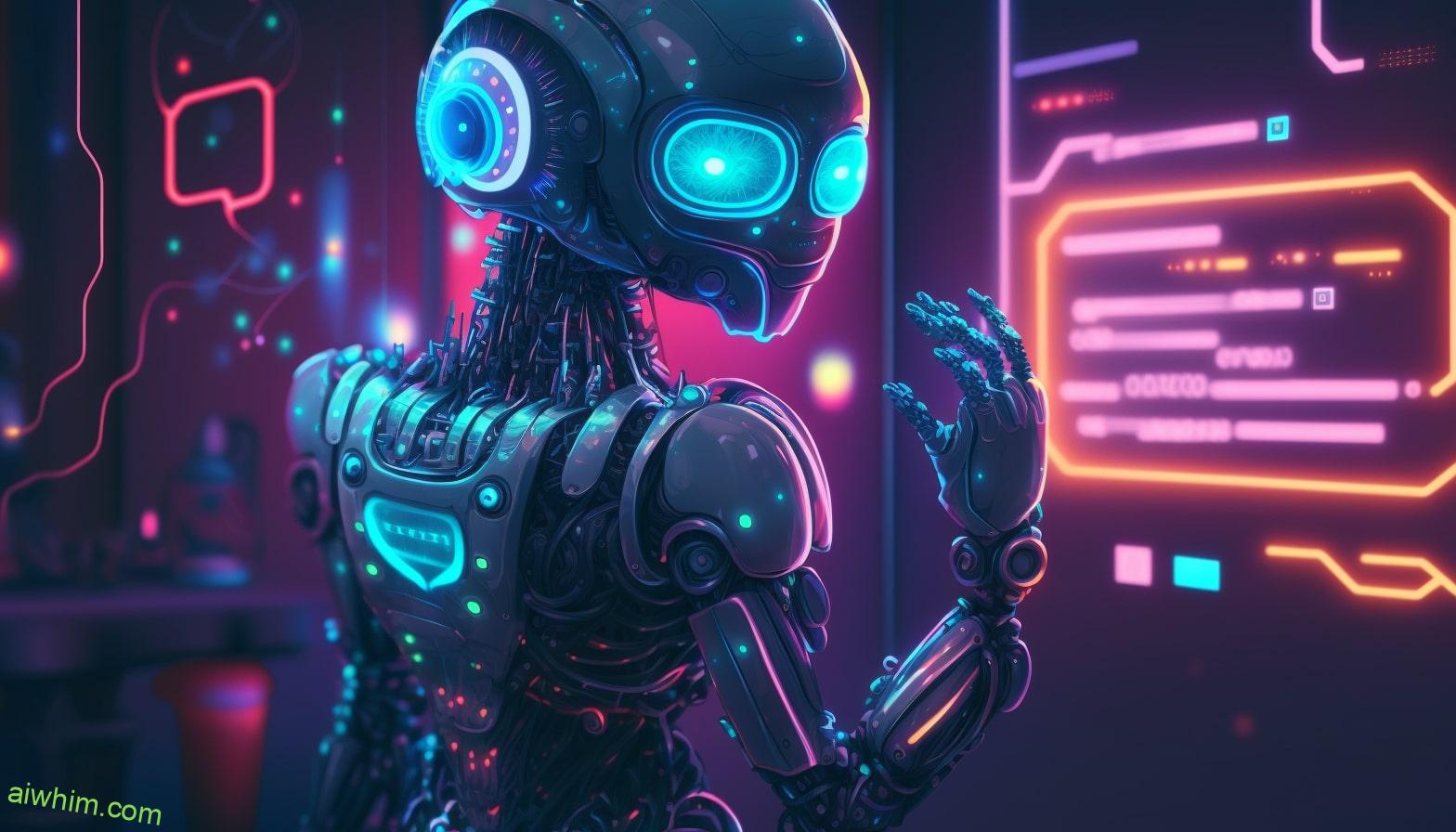
Cost Considerations
As a fitness trainer, it’s important to consider the cost implications of whether AI could replace your job. A thorough cost analysis is needed to understand the financial impacts and pricing models associated with any potential transition. To start, a cost comparison between manual coaching and automated coaching should be conducted. This will help you determine which option is more cost effective for both yourself and clients. Furthermore, an in-depth financial analysis is required to assess how all stakeholders would benefit from such a shift.
It’s also essential to think about who would pay for the costs associated with transitioning to AI training services – the fitness trainer or their clients? Analysing this information can provide further insight into whether automation would be worth pursuing as a business model. Ultimately, understanding these costs upfront will enable you make informed decisions that best align with everyone’s goals and objectives.
Taking time to explore the various options available when it comes to automating fitness training services can significantly increase your chances of success. Weighing up all of the pros and cons before making any changes allows you evaluate if embracing new technologies could add value or not.
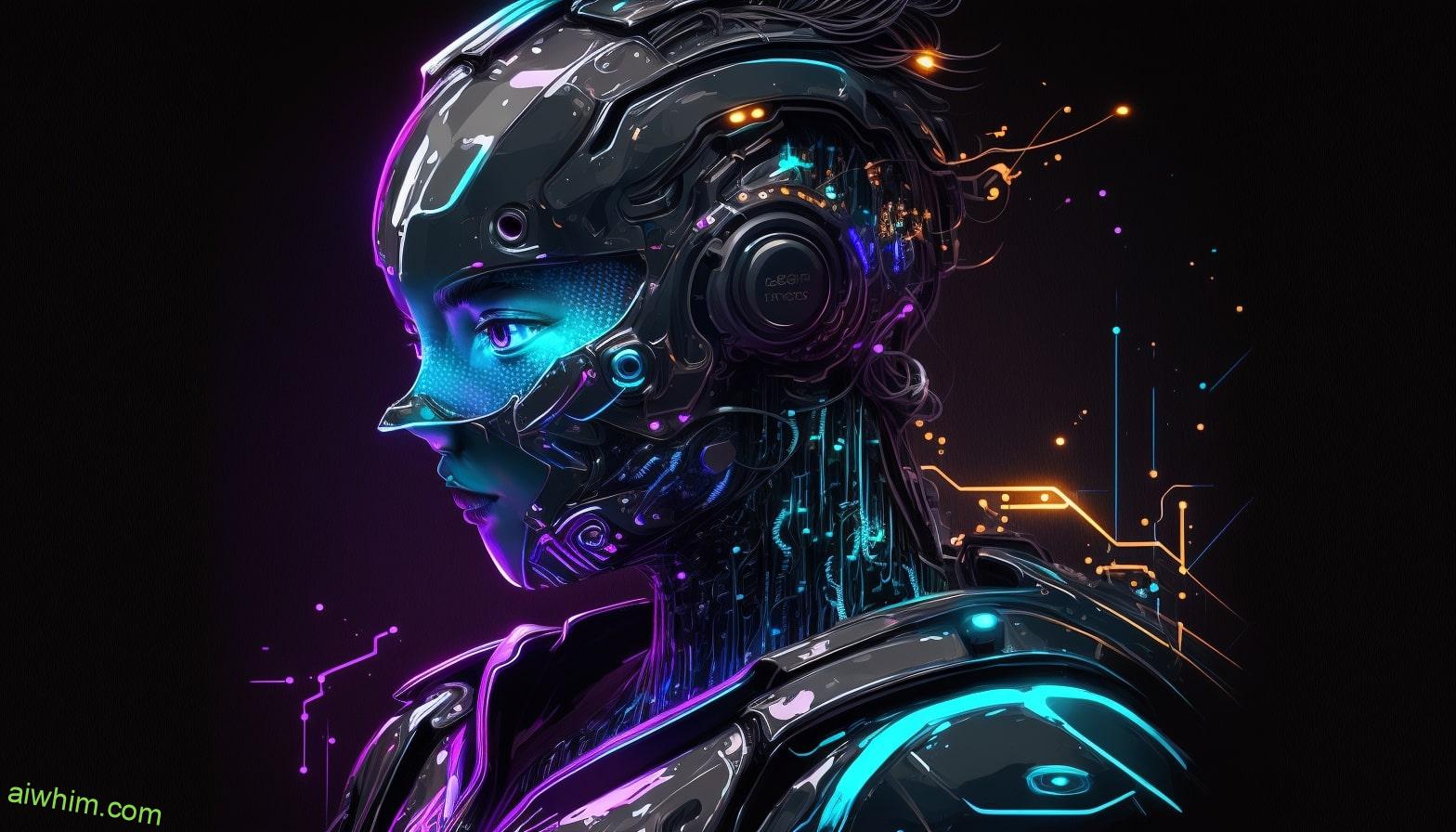
Ethical Considerations
The potential of AI to replace human workers is a source of both fear and excitement. On the one hand, it could mean unprecedented efficiency gains in various industries by freeing up people from tedious or dangerous tasks. On the other, it also raises ethical implications about job displacement and data privacy for those who may be impacted directly or indirectly.
When considering whether AI can take over as a fitness trainer, we must examine the responsible use of artificial intelligence technology. It’s important to consider how this technology might affect employment opportunities for trainers and what kind of data privacy safeguards need to be put into place if digital personal training programs become pervasive. As with any new technology, there are bound to be unforeseen effects that will have to be addressed proactively before mass adoption takes place.
Ultimately, while AI has the potential to improve safety, accuracy and speed in many areas of our lives including health care and athletics, its role should always be subject to careful consideration when it comes to replacing humans in highly sensitive positions like fitness trainers. We must evaluate all possible outcomes on an individual basis and make sure that any decision taken regarding using AI instead of human labor is done so responsibly and ethically.
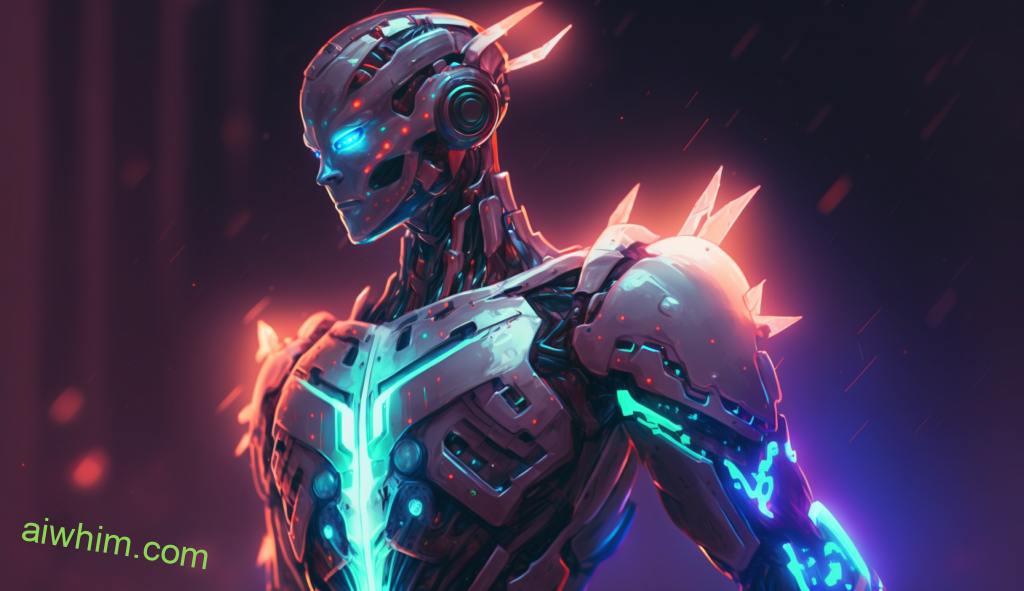
Regulatory Considerations
The potential for AI to replace human labor in the fitness industry raises many regulatory questions. As an employer, you must be aware of and compliant with any applicable regulations that may affect your business operations.
Here are five key points related to regulatory compliance:
- Complying with all industry regulations relevant to your sector.
- Familiarizing yourself with the government’s legal framework for employing AI technology in a regulated environment.
- Ensuring that employee contracts comply with local laws and regulations surrounding robotic workers.
- Understanding the implications of using AI on customer data privacy and other consumer protection rights.
- Keeping up to date on changes in the law or regulation which could have an impact on how you use AI technology within your workplace.
It is important not to overlook these regulatory considerations when considering replacing a job role with Artificial Intelligence. It is also essential to stay abreast of new developments in the field as they occur, so as not to find yourself at risk of noncompliance down the line. Taking this step will help ensure that your company remains legally sound while taking advantage of modern technological solutions such as artificial intelligence applications in the workplace.
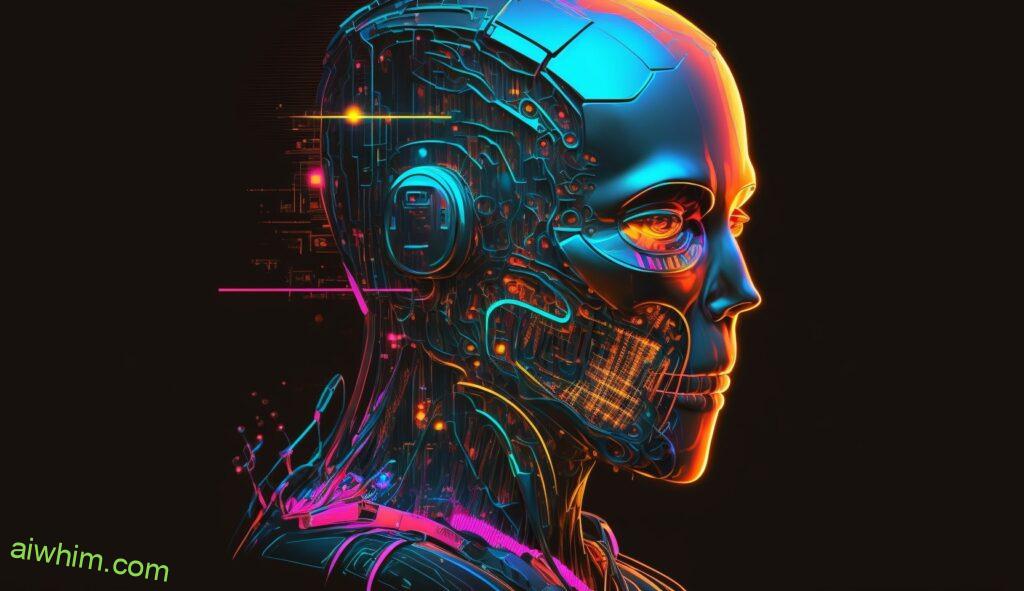
Impact On The Job Market
The potential impact of AI on the job market is a hot-button issue in today’s economy. How could AI replace fitness trainer jobs? The implications are significant and far-reaching. With advancements in technology, artificial intelligence can automate many of the duties that fall under a fitness trainer’s responsibilities, such as customized workout plans for clients or tracking progress over time. This could cause drastic disruption to the workforce – but it doesn’t need to be seen as an entirely negative thing.
AI has the ability to help trainers focus their attention more deeply on individual clients’ needs, since much of the administrative work will no longer consume large amounts of time and energy. In addition, automated machines have access to enormous databases containing data from thousands of past workouts which they use to create personalized programs tailored specifically for each client. By leveraging this powerful resource, human trainers can offer better services while still meeting budget demands.
This shift towards automation presents both challenges and opportunities for those who work in the field of personal training. It requires trainers to become more adaptable and open-minded about how they approach their profession if they want to remain competitive in an increasingly crowded marketplace. However, by embracing new strategies such as AI-driven solutions, fitness trainers can provide their clientele with higher quality services than ever before – all without sacrificing human touch or expertise.
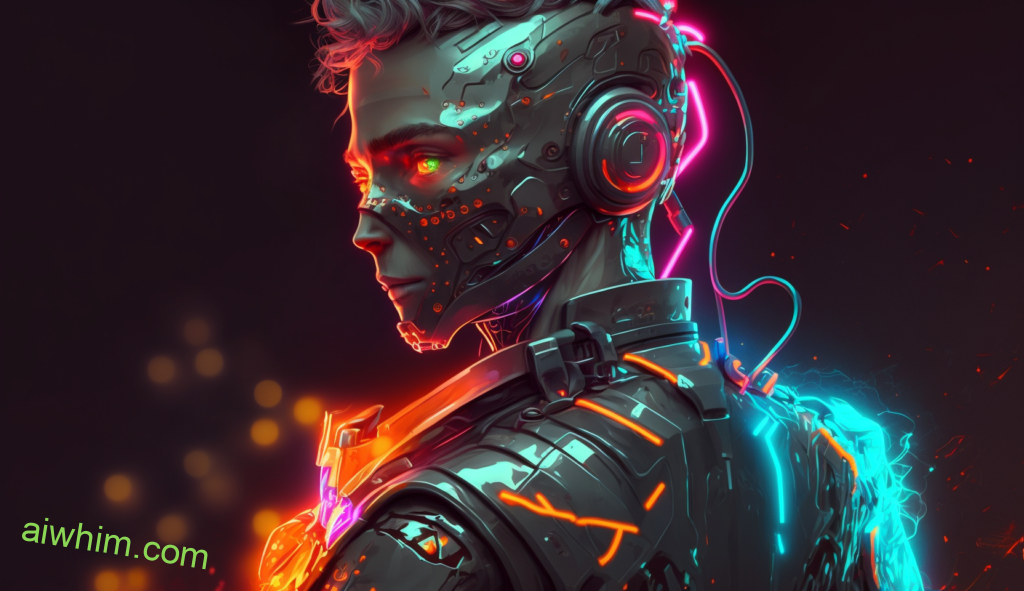
Examples Of AI-Based Solutions In The Field
Just as technology is revolutionizing almost every aspect of our lives, it’s also transforming the world of fitness. AI-based solutions are making it easier than ever to stay in shape and reach your goals with minimal effort. Like a ray of sunshine bursting through clouds, AI-powered systems are giving us hope that we can lead healthier lifestyles without having to rely on expensive personal trainers or costly gym memberships.
Here is a list of some examples of how AI is changing the landscape of fitness:
- Automated Fitness Systems – These systems use machine learning algorithms to track users’ progress and adjust workout plans accordingly. By combining data gathered from wearable devices such as heart rate monitors and pedometers, automated fitness systems can create personalized exercise regimens tailored specifically for each individual user.
- AI Personal Trainers – Powered by natural language processing (NLP), these virtual coaches provide audio feedback to motivate users during their workouts. They’re capable of understanding spoken commands and providing useful advice based on what they hear. Some even have facial recognition capabilities so they can detect when someone needs extra encouragement!
- Machine Learning Fitness Apps – There are numerous apps available today that leverage machine learning techniques to generate customized training schedules based on one’s current level of physical activity and desired results. These apps also make tracking progress easy by automatically logging information like calories burned and distance covered during each session.
AI-based solutions are helping people achieve their health & fitness objectives more efficiently than ever before; no longer do individuals need to spend hours researching nutrition tips or searching for appropriate exercises – all this information can now be accessed at any time with just a few taps on their phone screens! With its potential for low cost access, convenience and accuracy, AI has become an invaluable tool for anyone looking to take control over their own wellbeing.

Future Outlook
The potential for AI-based solutions to replace jobs in the fitness industry is an ongoing discussion. As technology advances, so too does the possibility of artificial intelligence (AI) replacing traditional tasks performed by humans. This raises the question: could AI eventually replace human trainers?
To answer this question, we must first look at how AI can be used in the fitness industry and what its capabilities are. AI-technology has been used to create personalized training programs that cater to individual needs, as well as track progress over time. This allows machines to automate many aspects of personal training which would otherwise require significant amounts of manual labor from humans. Additionally, AI-training systems have been developed that can provide real-time feedback on exercises and form corrections just like a trainer would do with their clients.
Despite these advancements, it’s unlikely that AI will completely replace human trainers anytime soon due to the importance of interpersonal relationships when it comes to motivating people towards achieving their goals. Human interaction provides more than just guidance; it also offers encouragement and accountability which are essential components of any successful workout program. Moreover, there will always be certain areas such as nutrition advice or lifestyle coaching where only human beings can effectively guide people through making changes that lead them to healthier lives.
For now, AI seems best suited for complementing rather than replacing existing job positions within the fitness industry. By automating mundane processes and data collection/analysis duties, AI can free up more time for trainers and coaches who still need to manage client relationships in order to ensure success in reaching fitness goals. In terms of the job market, this means that while some roles may become obsolete due to automation, new ones may emerge as a result – allowing individuals who wish to pursue careers related to fitness and health access different types of opportunities they wouldn’t otherwise have had before.
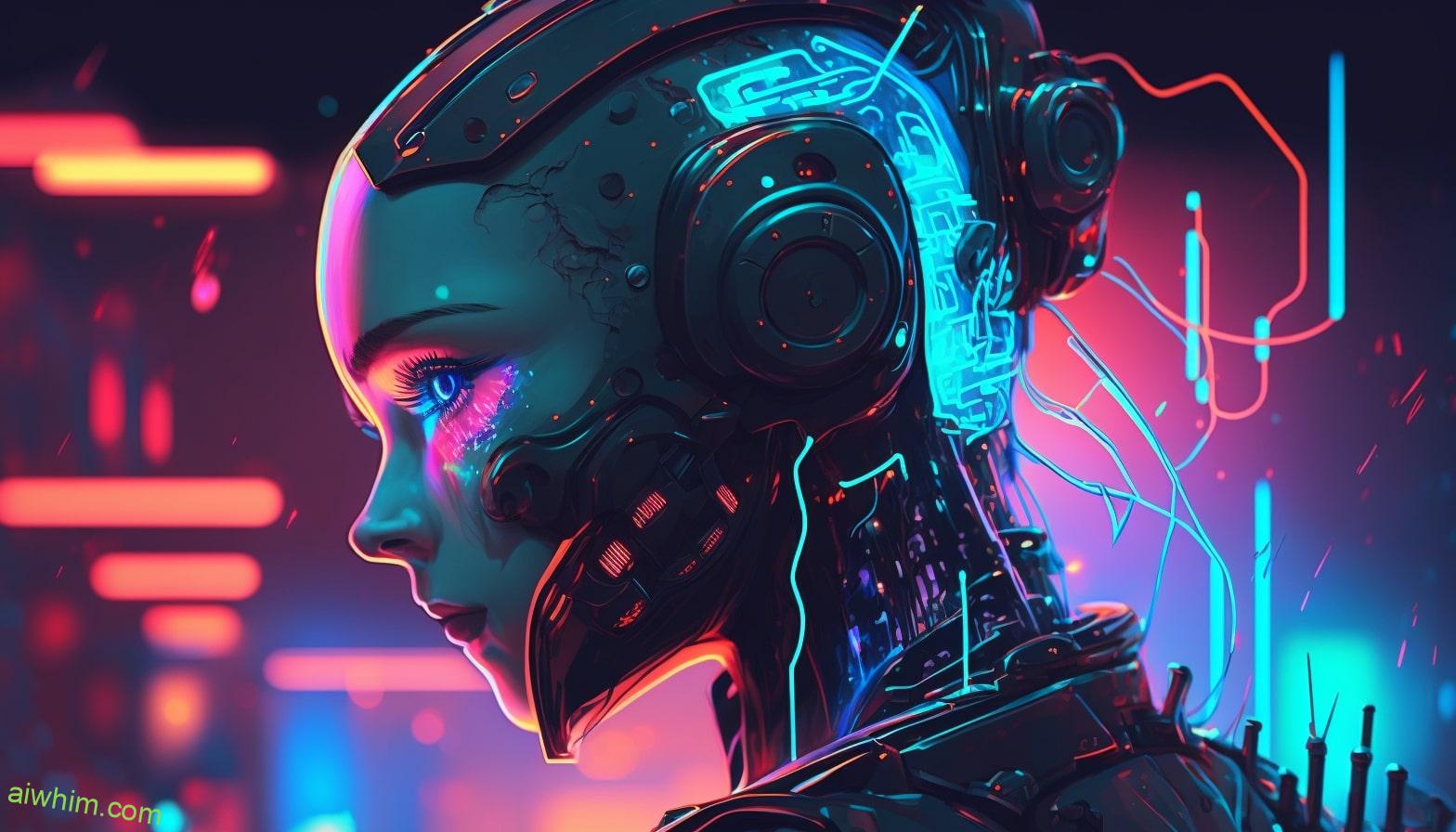
Key Takeaway
In conclusion, Artificial Intelligence (AI) is a rapidly evolving technology that has the potential to replace many jobs in the fitness industry. Although AI solutions have their merits—like providing more personalized services and eliminating human error—they still lack certain qualities found only with a human trainer, such as empathy and motivation.
As AI continues to become more advanced, it’s likely that we’ll continue seeing its impact on the job market for personal trainers. However, the amount of change people can expect is largely dependent on how quickly this technology advances and what advancements are made along the way.
Despite these changes, one thing remains certain: there will always be value in working with a knowledgeable professional who provides individualized attention and guidance throughout your journey towards health and wellness. Humans bring an element of connection and understanding which cannot be replaced by any machine or algorithm.
Author: Ole Paulson
Author Bio: I’m Ole and on this website, I share everything there is to know about Artificial Intelligence, and useful tips for using AI to our advantage. I have a background in data science and research and have been following the AI-space for years. You can read more about me in the “About” page.

